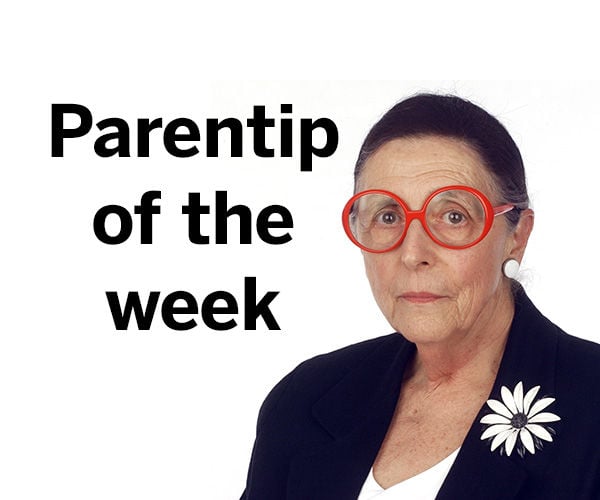“My son is three and has started hitting. He hits us and the kids he plays with. He doesn’t hurt us but we hate the thought of him acting violent. Sometimes he is angry but often he just runs up to me with his hand made into a little fist and punches me. He is in daycare three days a week and at first was very shy, then he started running and hitting.”
Aggression is seen in all humans, even sweet little ones. Every human being experiences anger and, as much anger arises from frustration, we all have to learn how to handle frustration and develop self-control. But a 3 year old is at the very beginning of the long journey to self-control.
Early on babies are pretty much protected from the frustrations of discomfort like hunger and a wet diaper. And their first behavior is the antithesis of aggression. They smile!
There is a sequence to the development of aggressive behaviors in young children. Babies confronted with a frustration like being told “No!” usually cry or look bewildered or turn away, all of which are passive responses. Passivity morphs into active physical aggression when the child gains better use of the arms and legs. As the child develops physically so the child is developing a sense of self that does not like to be thwarted. Hence if the parent sets limits or the playmate grabs a toy, you are likely to see active aggression.
However knowing that aggression is universal doesn’t mean it should be tolerated. One of our most important tasks as parents is to teach prosocial, not anti-social behavior.
How do we do this? First of all, do not exhibit aggressive behavior yourselves because children imitate what they see. This means no spanking or yelling.
Prevent trouble whenever possible. Fatigue and hunger both increase the likelihood of frustration. As does being in one place like a car seat for a long time.
Supervise all young children at play. An adult must be close enough to swoop in and separate the children when indicated. If there are several children playing, pick a “designated toddler watcher” who stays close enough to the toddlers to deal with any trouble. Young kids do not have a long attention span nor are they adept at talking about their feelings. So after a short time of parallel play, offer a snack or a story time.
Learn to read your child’s signals. When your child gets a certain look or when his playmate grabs the toy he wants, break it up before it starts by distracting both of them.
Do not permit hitting of other children or yourselves. Swiftly scoop the your child up and say, “No hitting! The rule is no hitting!” The “effective command” works best. (See parentkidsright.com/effeccom) Speak quietly but very firmly, do not say ‘Please’ because “No hitting!” is a command not a request, and be close to the child when you speak. Yelling from across the room is a pretty ineffective. Never ignore or tolerate hitting.
In the heat of battle, don’t waste your time giving explanations. Of course, it isn’t nice to hit and we are supposed to be gentle and it hurts to be hit. But trying to reason with an angry young child is an exercise in futility.
However, parents must find ways to express their no-violence propaganda. Check the library for picture books about aggression and hitting, tell stories about when you were little and got angry (Dr. Heins says you can make these up. Or here’s one I used with my kids: “When I was a little girl I got so mad at my sister who tore my doll’s dress that I hit her over the head with the doll. My mommy took the doll away and said I couldn’t have it back until I figured out what to do when I got angry. I put a different dress on my second-best doll and gave it to my sister and told her it was the best!)
Teach your young child how to deal with anger. Sometimes discharging physical energy helps. Show him how to march across the room or, if you can stand the noise, how to bang on a toy drum. Give the child’s feelings a name. “You are angry because Eric took your toy. I understand but hitting is not allowed.”
Help your child learn socially-acceptable ways to handle anger and negotiate differences. Children have to be taught to share or take turns.
Because your son is in preschool talk to the teacher. Ask how the school deals with hitting and about your son’s behavior at school.
Finally limit and monitor screen time. Although many kiddie videos today are non-violent compared to the early cartoons our children watched, there still is lots of violence on TV and smart phones.
P.S: After my online answer this mother talked to the school and emailed me again. Five other parents complained about their child hitting. Outdoor play was rearranged so the two bigger boys who were the hitters no longer had contact with the younger ones.





